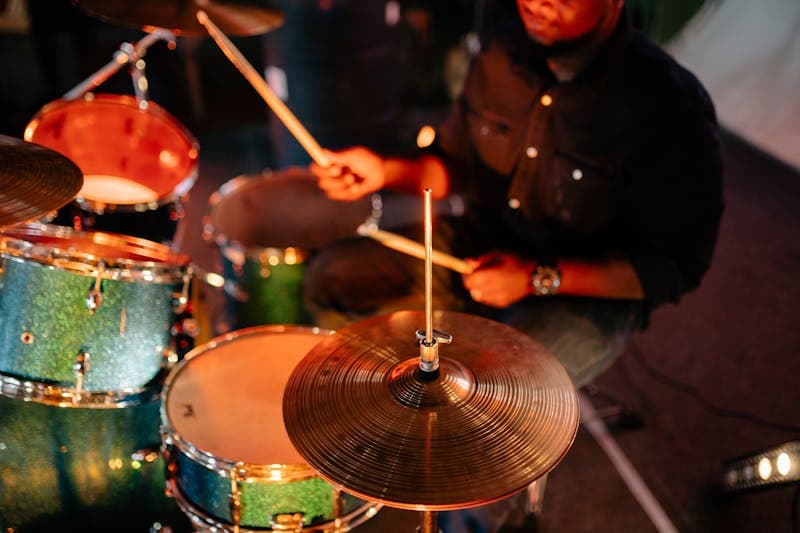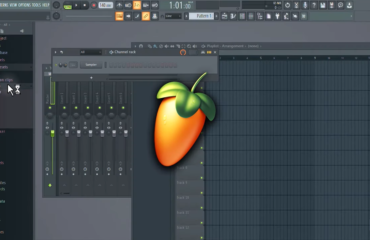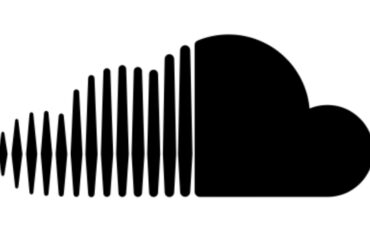Rhythm hugely influences human emotions. Energetic beats of African drums or complex rhythms of classical music influence our minds and spirit. Rhythm is a continuous alternation of sounds and pauses of very different durations. Musicians can create many rhythmic patterns. This article explores the wide variety of rhythms found in different types of music. You’ll learn about the most popular rhythms and why they are so appealing to us
The Power of Pulse
Rhythm is based on the pulse, a regular rhythm that gives structure and dynamics to music. We can say that the pulse is a musical anchor that holds the attention of listeners and helps them follow the flow of music. The pulse can be found in any music: in the smooth rhythm of drums, in rock ballads, and a techno track.
By the way, did you know that in casinos, music creates a specific atmosphere that enhances the overall gaming experience? Rhythms in casinos are carefully selected. They are supposed to stimulate people to gamble more. To understand this point, you can try Klarna casinos.
Groove and Syncopation
Groove is a strong desire to move when we hear music. Syncopation, which places beats in unexpected parts of the music, often causes the irresistible urge to move to the music. This technique is used in funk, jazz, and Afro-Cuban music.
Culture
Music rhythms are greatly shaped by culture. For instance, Afro-Caribbean music’s syncopated beats come from African traditions. The intricate rhythms of Indian classical music are also part of long-standing traditions. Rhythms in music show us the diverse traditions across the globe.
Emotional Resonance
Music can make you feel different emotions. If you listen to music without words, focusing just on the melody, then some melodies seem sad to us, some cheerful, some soothing, and others, on the contrary, are uplifting and excite a storm of emotions. This is how we perceive the melody and rhythms. Composers use rhythms to deeply connect with listeners emotionally.
Evolution
From an evolutionary perspective, our attraction to certain rhythmic patterns in music may stem from their resemblance to natural phenomena such as heartbeats, footsteps, and breathing. Additionally, the fact that people naturally move in sync with a beat suggests that rhythm helps bring people together. Probably since ancient times rhythms gave people a sense of unity and shared identity.
Different societies met through trade and conquest, and they shared musical ideas. So cultures adopted each other’s rhythms. Today, there is an increasing interest in creating new, mixed music styles. Musicians blend traditional rhythms with modern music.
Most Popular Rhythmic Patterns
Certain rhythms have stood out as particularly popular and influential. Here are some of the most notable:
Four-on-the-Floor
This rhythm pattern features a bass drum hitting on every beat (1-2-3-4) and is commonly found in dance music genres like house, techno, and disco.
Backbeat
In this pattern, the emphasis is placed on beats 2 and 4 of a 4/4 measure. This rhythm is very popular in rock, pop, and blues music.
Swing
In swing music, instead of playing notes for the same length of time, musicians play some notes longer and others shorter. This creates a “long-short” pattern, which gives the music a swinging feel that’s easy to dance to. This rhythm makes the music flow more smoothly and feel more relaxed compared to even rhythm found in many other types of music. Swing can be subtle or very pronounced.
Reggae Offbeat
This rhythmic pattern is common to reggae and its subgenres, but it is equally useful in many styles of music. This simple rhythm is created by playing on the traditional weak beats, 2 and 4, while leaving beats 1 and 3 silent.
Polyrhythms
Polyrhythms refer to the simultaneous use of two or more conflicting rhythms. They are prevalent in African and Afro-Caribbean music traditions and have been incorporated into various contemporary genres.
The Bossa Nova
This rhythm is gentle and complex, with a syncopated pattern that provides a smooth, flowing feel. It originated in Brazil and is commonly played on a drum set or the guitar.
The Blast Beat

This rhythm is found in death metal and grindcore. It is characterized by a rapid succession of beats alternating between the snare and bass drums. The result is an intense and aggressive background.
In conclusion, listening to different music rhythms can be good for you in many ways. Different rhythms can teach you about the history and traditions of various cultures. You’ll appreciate the complexity of music better. New rhythms can improve your memory and attention because they make your brain work in new ways. Dancing or tapping to various rhythms can improve your coordination and is a fun way to exercise. And the most important thing is that music unites people.








